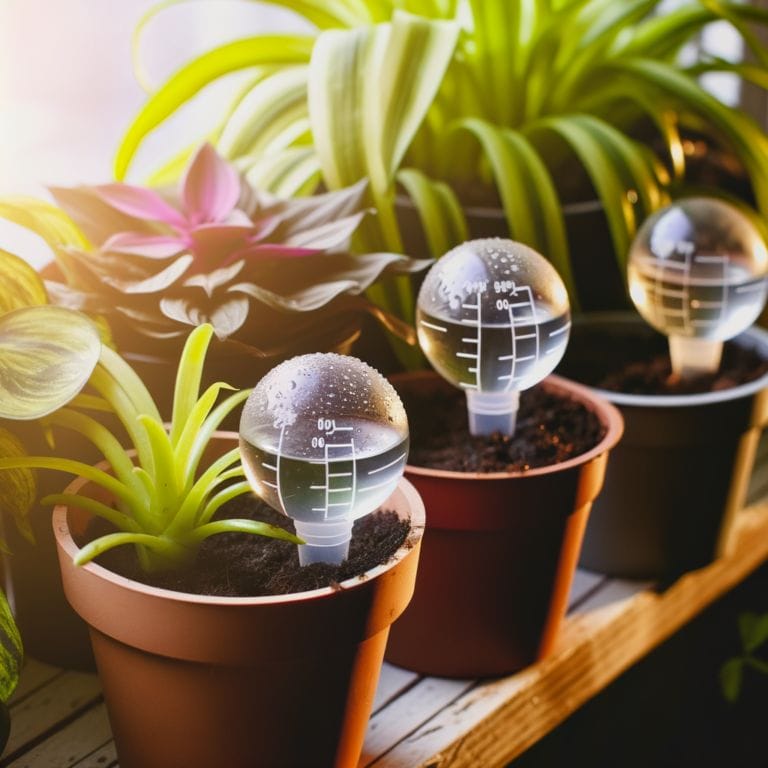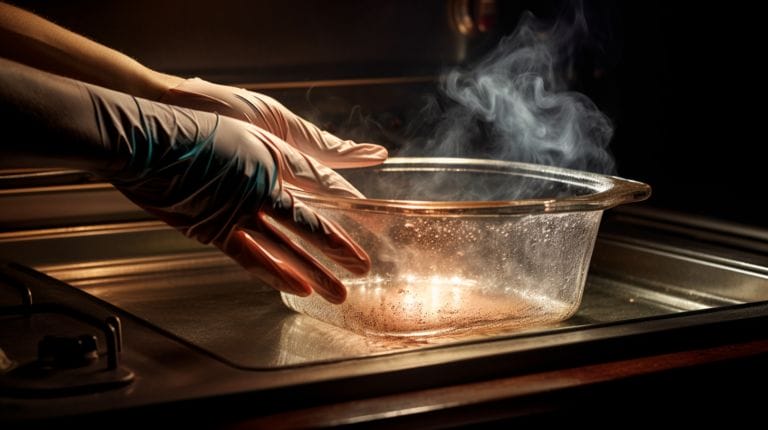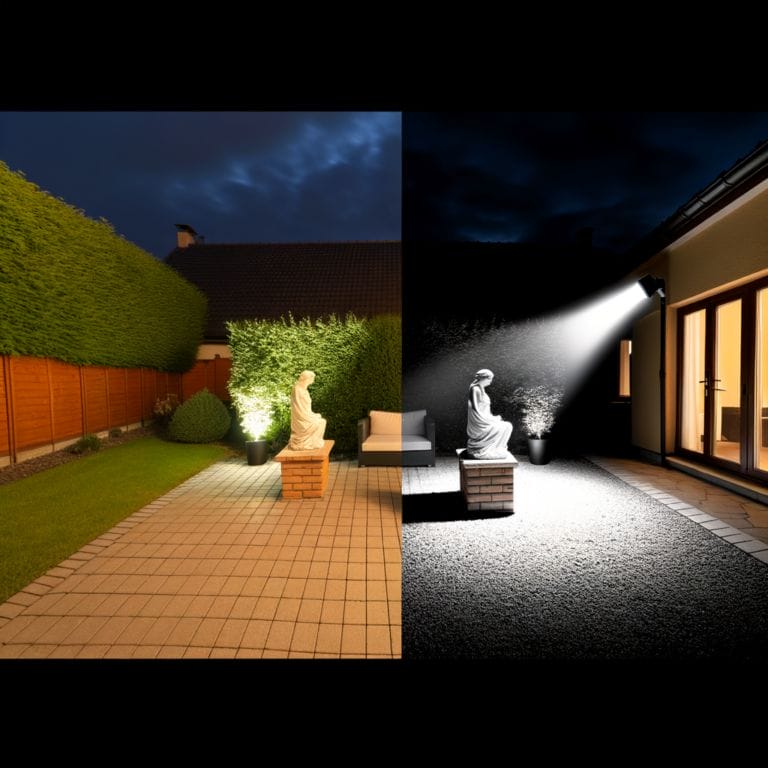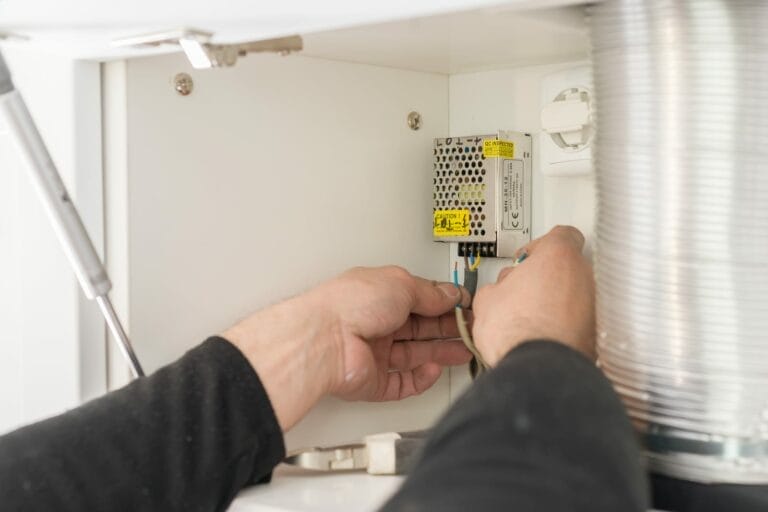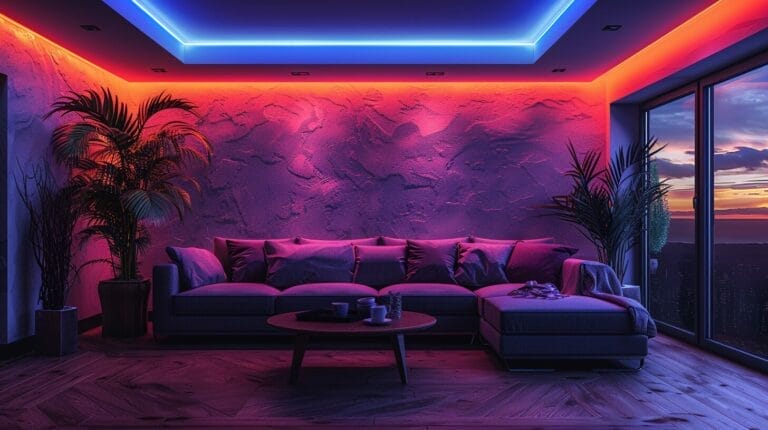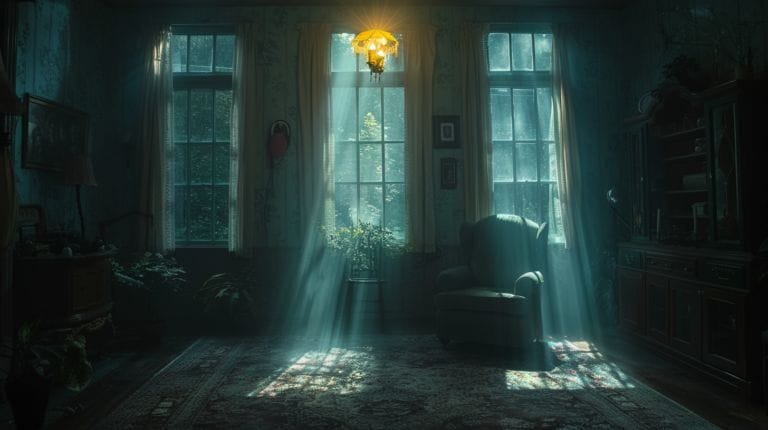How Long Do Fluorescent Light Bulbs Last? The Truth About Fluorescent Tube Lifespan
What Are Fluorescent Lights And How Do They Work?
For lights, there are a few different types to choose from. I’m an expert in the lighting industry, so I can help you understand how these lights work and which type might be best for your needs. Fluorescent lights operate on the principle of converting electrical energy into light energy. They are an efficient way to illuminate a room and can last for many years.Types Of Fluorescent Lights
Fluorescent lighting is a versatile and practical option for any space, offering a variety of shapes and sizes to fit your needs. Unlike traditional incandescent bulbs, bulbs use gases like argon and mercury vapor to emit ultraviolet light when electricity passes through them. This UV light then excites fluorescent material inside the bulb, causing it to produce visible light. Fluorescent tubes use the same process, but contain several long glass tubes filled with gas and coated with phosphor. With a longer lifespan and greater energy efficiency than incandescent bulbs, fluorescent lighting is a reliable and eco-friendly choice for any lighting need.Working Principles Of Fluorescent Lights
The principles behind the operation of energy-efficient lighting are crucial to understanding their success. These lights contain inert gases and a coating of phosphor within a glass bulb. When an electric current passes through the bulb, it causes the gas molecules to emit ultraviolet light, which excites the phosphor material and produces visible light. This process is much more efficient than traditional incandescent bulbs because it wastes less energy in heating the filament. These lights last much longer than regular bulbs, sometimes up to 10 years. This efficiency and longevity make them increasingly popular for various applications.How Long Do Fluorescent Bulbs Last On Average?
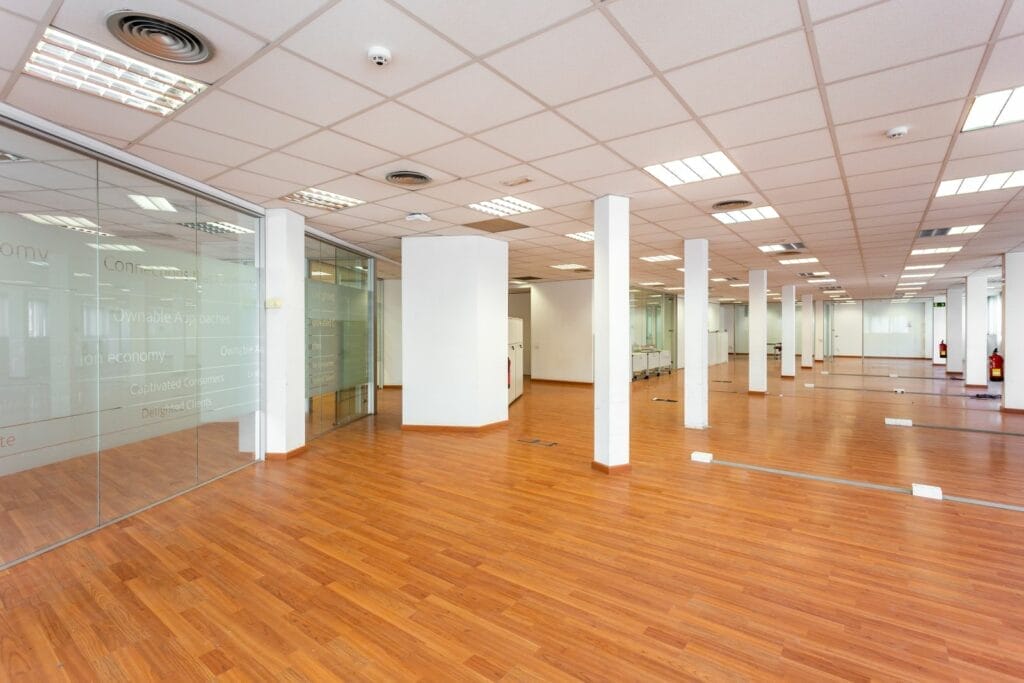 Fluorescent lighting is a popular choice because of its energy efficiency and long-lasting illumination. The lifespan of a bulb can vary depending on the type of bulb and fixture used, typically lasting between 8,000 and 15,000 hours.
However, certain factors, such as frequent on-off cycles or high temperatures, can reduce its lifespan. To keep your lighting system running effectively, it’s important to be aware of these potential issues and properly maintain your lights.
By taking care of your lighting system, you can ensure that it stays bright and vibrant for many years to come. Let’s explore some factors that can affect the lifespan of fluorescent bulbs in the next section.
Fluorescent lighting is a popular choice because of its energy efficiency and long-lasting illumination. The lifespan of a bulb can vary depending on the type of bulb and fixture used, typically lasting between 8,000 and 15,000 hours.
However, certain factors, such as frequent on-off cycles or high temperatures, can reduce its lifespan. To keep your lighting system running effectively, it’s important to be aware of these potential issues and properly maintain your lights.
By taking care of your lighting system, you can ensure that it stays bright and vibrant for many years to come. Let’s explore some factors that can affect the lifespan of fluorescent bulbs in the next section.
What Can Shorten The Lifespan Of Fluorescent Lights?
For fluorescent lights, improper installation can definitely shorten their lifespan. If the lights are not installed correctly, it can cause them to overheat and burn out more quickly. Poor ventilation can also be an issue, as the lights need to be well ventilated in order to function properly. Lastly, overloading the lights with too much electrical current can really take its toll, and cause them to burn out faster.Improper Installation
If you want to maximize the lifespan of your lighting fixtures, it’s important to handle and operate them correctly. Improper installation or turning on and off with too much force can significantly reduce the life expectancy of your bulbs. To ensure that your bulbs last as long as possible, always follow the manufacturer’s instructions for installation and use. This will not only save you time, money, and frustration in the long run, but also help you use energy more efficiently.Poor Ventilation
Proper ventilation is crucial for the lifespan of your lighting fixtures. The cathodes in fluorescent bulbs are sensitive to heat and require adequate ventilation to function optimally and last longer. If your bulbs are not in a well-ventilated area, heat will accumulate quickly and damage the cathode, reducing the bulb’s lifespan. Ensuring proper ventilation is essential for maximizing the longevity of your fluorescent bulbs.Overloading
The number of lights you use in a circuit can affect their lifespan. Overloading the circuit by using too many bulbs can strain the wiring and lead to premature failure. By limiting the number of bulbs, you can reduce the risk of overloading and ensure your bulbs last longer. This is important since turning on a light causes a jolt that affects its longevity, and turning it off and on frequently can also decrease its lifespan. lights use less electricity, emit less heat, and have a longer life than incandescent bulbs. Remember to turn off fluorescent lights when leaving a room to save energy and increase bulb life.How To Make Your Fluorescent Lights Last Longer
Fluorescent lighting is a popular and cost-effective option because of its energy efficiency. However, users may have concerns about its lifespan. On average, a fluorescent bulb can last anywhere from 8 to 15 years based on wattage, burn time per hour, and frequency of use. To ensure that your bulbs last as long as possible, it’s important to regularly check for any damage to the filament or electrodes. Replacing these components as soon as possible can help ensure that your lights remain efficient. It’s also important to note that turning off fluorescent lights for extended periods of time can affect their lifespan. Rather than frequently turning them on and off, it’s recommended to leave them on for at least three hours at a time to maximize their efficiency. If you notice any flickering or dimming, it may be time to replace your fluorescent bulbs. These signs may show wear and tear inside the lamp or a problem with the tube. While fluorescent bulbs have a longer lifespan than incandescent bulbs, it’s still important to monitor their performance and replace them as needed to maintain their energy efficiency.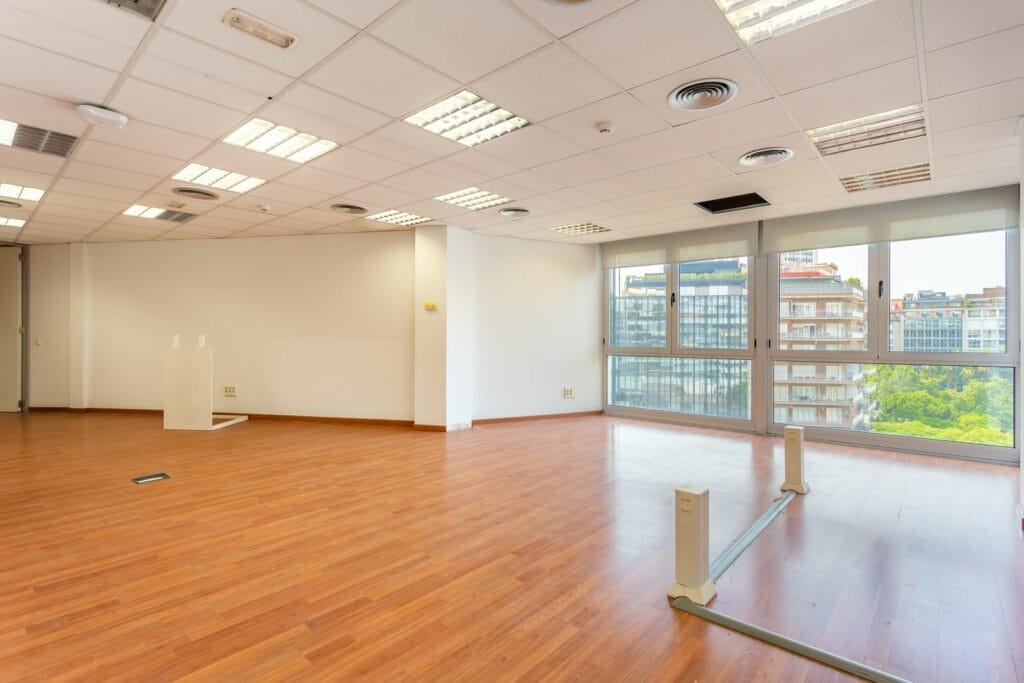
Are Fluorescent Light Bulbs Emitting Harmful UV Radiation?
Fluorescent light bulbs have raised concerns regarding ultraviolet radiation risks at 365 nm. Studies suggest that while these bulbs emit some UV radiation, the levels are generally considered safe for everyday exposure. However, prolonged and close-range exposure might pose a minimal risk. It is advisable to use protective covers or keep a safe distance to reduce any potential harm.
Signs That It’s Time To Replace Your Fluorescent Lights
If you notice that the light output from your fluorescent lights has decreased, it may be time to replace them. If you hear a humming or flickering sound coming from the bulbs, it’s definitely time to get new ones.Diminished Light Output
For most lamps, one of the most obvious signs that it’s time to replace them is when their light output diminishes. You might notice this if you’re used to seeing a bright and vibrant room lit up with your lights and suddenly notice it feeling noticeably dimmer. This could be because of a few different reasons – maybe the lamp has lost its luster over time, or there could be an issue with the starter or ballast. Whatever the case may be, if you’re noticing a diminished light output from your lamp, then it’s probably best to replace it sooner rather than later.Humming Or Flickering
Another telltale sign that it’s time to replace your fluorescent lights is if you notice any humming or flickering coming from the fixture. Humming and flickering can show that there is something wrong with the starter, ballast, or even the light itself. This can be especially frustrating if you’re used to having a steady light in your room. You might also notice that the humming or flickering intensifies when you turn off and on the lights – this could be a sign of an electrical issue. If you’re experiencing either of these issues with your lamps, it’s best to replace them sooner rather than later in order to avoid any potential safety hazards.


